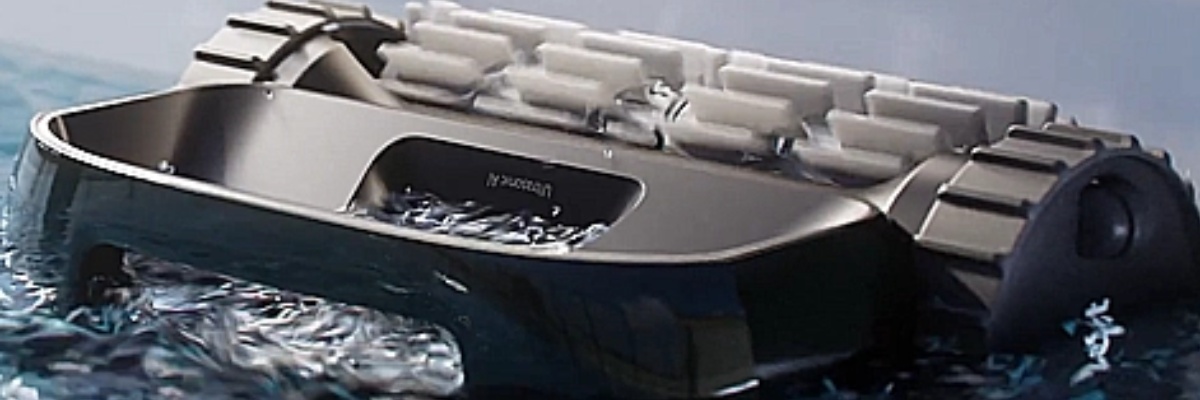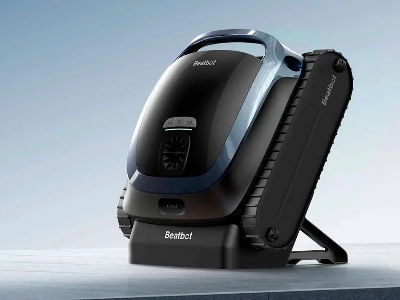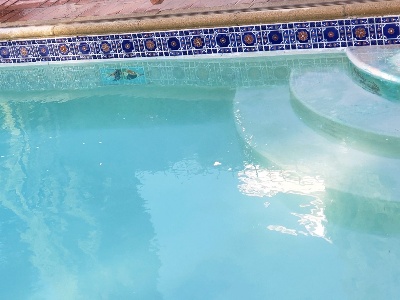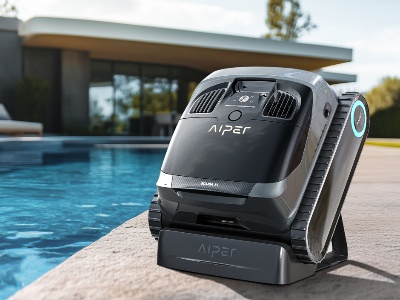Why choose Beateuro
Guides and advice on buying, maintaining, tips and repairing your pool cleaner
Discover the incredible world of pool robots and let yourself be seduced by a technology that literally transforms the maintenance of your pool! In this comprehensive guide, we reveal all the secrets to choosing the ideal robot, such as the Beatbot AquaSense and the iSkim skimmer robot, to easily maintain your device and even to solve minor technical problems.
Why choose a wireless pool robot?
Wireless pool robots are the ultimate solution for stress-free cleaning. No more cumbersome cables and complicated handling! With models like the Beatbot AquaSense, you benefit from an impressive battery life of up to 11 hours and intelligent navigation that allows it to cover your entire pool, even in hard-to-reach corners. This high-tech system gives you the freedom to fully enjoy your free time while maintaining crystal-clear water at all times. Imagine being able to programme your robot via an intuitive mobile app and receive maintenance alerts in real time – the future of pool cleaning is coming to your home with Beatbot!
Outstanding energy performance
Wireless pool robots stand out for their exceptional energy performance. Thanks to high-capacity batteries and optimised motors, models such as the Beatbot AquaSense 2 Ultra offer high suction power while consuming less energy. This translates into extended battery life, ideal for large swimming pools. By adopting these devices, you make considerable energy savings and contribute to the protection of the environment. In addition, fast and wireless recharging eliminates the constraints of traditional connections, making the user experience both practical and modern. This technology guarantees efficient and long-lasting cleaning, even after long hours of use. You therefore benefit from a powerful cleaning solution that is perfectly suited to the requirements of high-quality pool maintenance. Ease of use and quick installation One of the major advantages of wireless pool robots is their ease of installation and use. Manufacturers, such as Beatbot with its AquaSense and iSkim ranges, have thought of every detail so that even the least technophile users can take advantage of this innovation. In just a few clicks, via a user-friendly mobile interface, you can programme cleaning cycles tailored to your needs and the use of your pool. The robots start up automatically, detecting and avoiding obstacles thanks to sophisticated sensors, which guarantees complete coverage of the pool. Installation is quick and easy, allowing you to focus on what's important: enjoying a spotless pool with no effort at all. The compact and ergonomic design fits perfectly into any type of environment, making these robots indispensable allies for the modern maintenance of your pool. Simplified maintenance for maximum durability Regular and easy maintenance is the key to extending the life of your wireless pool robot. High-performance models such as the Beatbot AquaSense and the iSkim skimmer have been designed to minimise maintenance requirements. Simply rinsing after each use, regularly cleaning the filters and brushes, and periodically checking the internal components are all it takes to keep the device in perfect condition. By adopting a planned maintenance routine, you can avoid problems of premature wear and tear and guarantee optimal performance season after season. Some manufacturers even offer self-diagnosis systems and maintenance alerts, allowing you to take action quickly if necessary. The robustness of the materials used, particularly in the Beatbot AquaSense, ensures exceptional resistance to humid environments and the chemicals used in swimming pools, making your investment a wise choice in the long term.
Quick repair and troubleshooting tips
Even the most efficient devices can experience minor technical problems. That's why it's essential to know a few repair and troubleshooting tips to avoid any prolonged breakdowns. In the event of a malfunction, start by checking the filters and connections, which are often the cause of common problems. The maintenance guides provided by manufacturers, such as those from Beatbot, are a mine of information for quickly solving problems without calling in a technician. For example, simply retightening a part or thoroughly cleaning the sensors can often be enough to get your robot back up and running. In addition, there are numerous online resources and dedicated forums where other users share their tips and solutions to optimise the operation of their robot. This proactive approach not only allows you to extend the life of your device, but also to save money by avoiding costly repairs. Competing brands such as Aiper, Dolphin, Maytronics, Zodiac and Hayward also offer responsive technical support, but Beatbot's commitment to customer service remains a guarantee of quality and trust.
Comparison with competing brands
The market for wireless pool robots is very competitive, and it is important to compare the different offers in order to make an informed choice. While Beatbot stands out for its advanced technology and ease of maintenance, other brands such as Aiper, Dolphin, Maytronics, Zodiac and Hayward also offer interesting solutions with their own advantages. These competitors sometimes offer more economical models or specific features adapted to certain types of pools. However, the value for money, robustness and ease of use of Beatbot products - especially the AquaSense and iSkim ranges - make them the benchmark for demanding owners. When comparing characteristics such as battery life, cleaning performance, energy efficiency and maintenance costs, it becomes clear that investing in a high-tech wireless pool robot is a winning solution for hassle-free and always spotless pool maintenance.
Return on investment and satisfaction guaranteed
Opting for a wireless pool robot is choosing an investment that allows you to make significant savings in the long term. High-performance models such as the Beatbot AquaSense and the iSkim skimmer not only offer efficient and autonomous cleaning, but also a significant reduction in maintenance and repair costs. By automating cleaning management, you save time and energy, which translates into an incomparable user experience. The savings achieved, combined with optimal water quality and simplified maintenance, guarantee a very advantageous return on investment. In addition, user satisfaction is measured by the consistent performance of these robots and by the pleasure of enjoying a pool that is always ready for use, without the usual hassle of manual maintenance. In short, the purchase of a modern and efficient wireless pool robot is a strategic choice for anyone who wants to combine comfort, savings and cutting-edge technology in the maintenance of their pool.







